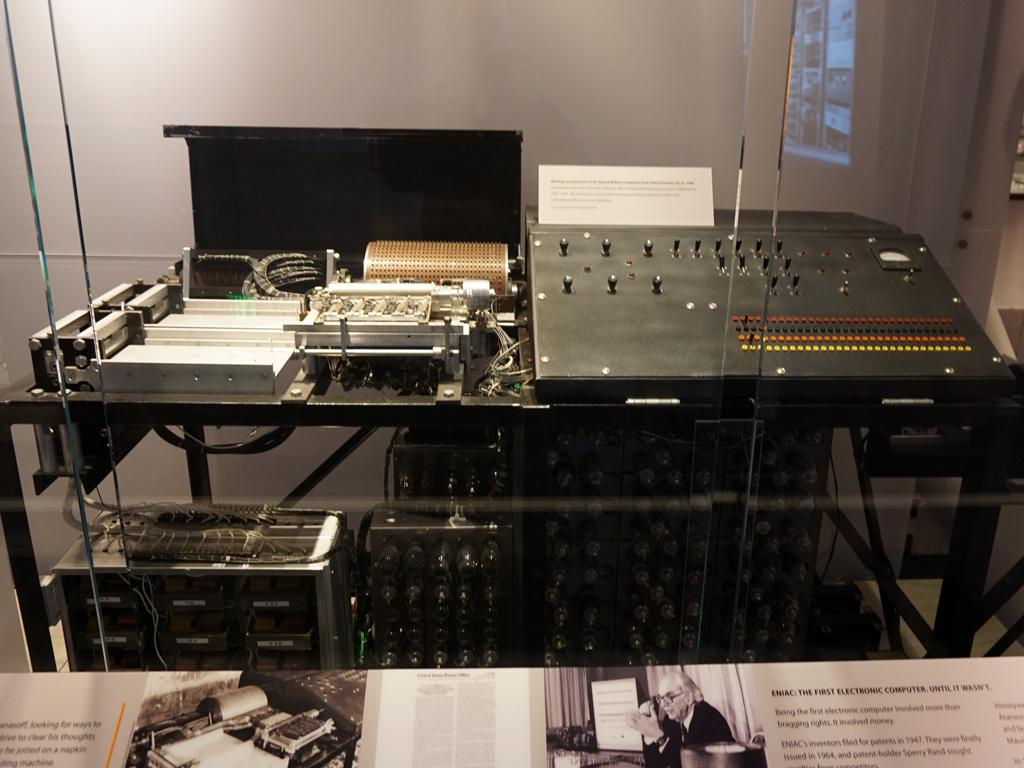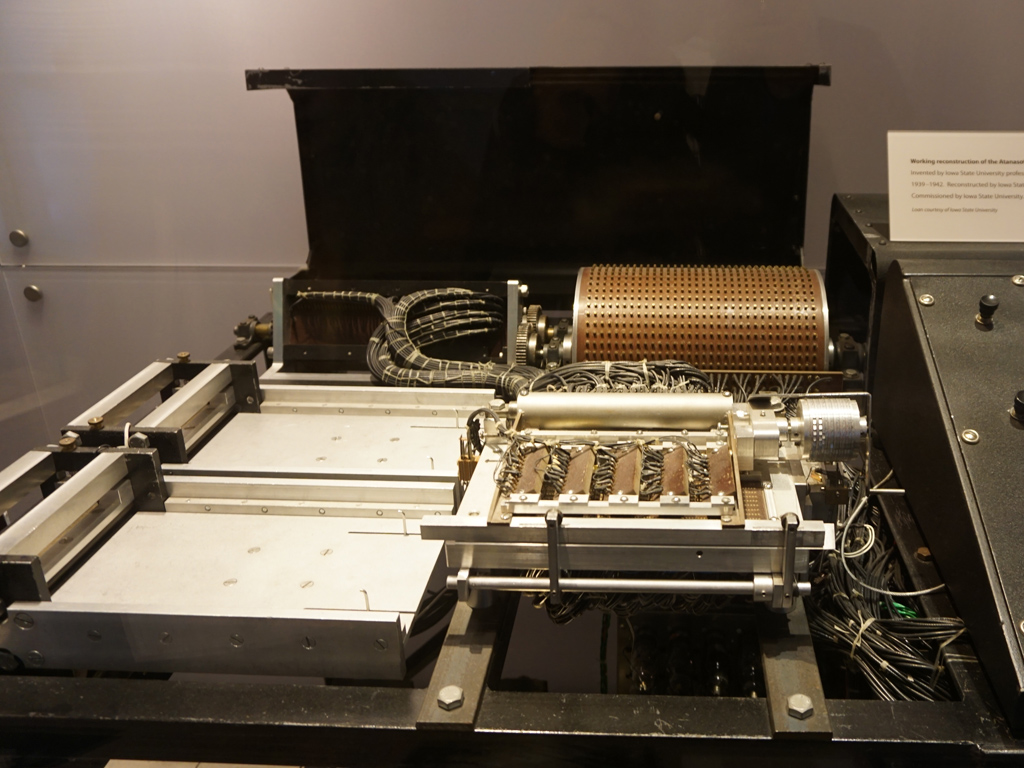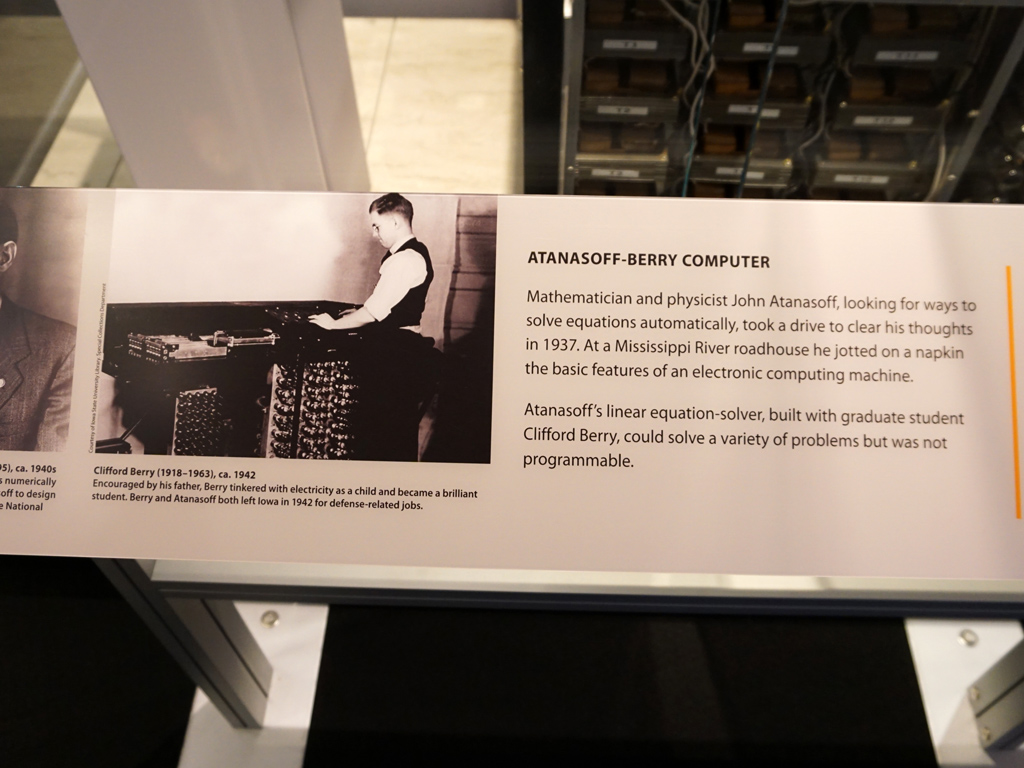Computer History: From The Antikythera Mechanism To The Modern Era
In this article, we shed light on the most important moments in computer history, acknowledging the people that have contributed to this evolution.
The First Electronic Digital Special-Purpose Computer
John Vincent Atanasoff was another genius. He had a degree in electrical engineering, a Master's degree in mathematics and a PhD in theoretical physics that he earned when he was just 27, which is young considering his other studies. He was also a brilliant inventor, known for the invention of the first electronic, digital special-purpose computer. The majority of today's computers are general purpose computers, meaning that they can be used for a wide range of tasks with the appropriate software. On the contrary, a special-purpose computer is designed to do only a specific task.




Atanasoff decided to build a computer in order to save time on calculations that he had to do using mechanical calculators while solving complex equations. In early 1939 with the assistance from Clifford Berry, a graduate student, he began the construction of a computer that was later named ABC (Atanassoff-Berry Computer). By autumn of the same year the duo had managed to build a prototype, which was finished in 1942.
The ABC featured some fascinating innovations for its time, including a memory for storing data (RAM), which in essence consisted of capacitors that stored electrical charge that, according to the circumstance, represented either a 0 or a 1. The memory of the ABC computer was large enough to store 30 binary numbers and the data was fed to the computer through punched cards. The intermediate results were stored on similar cards (since the RAM wasn't large enough to store them) in an inventive way: with the help of sparks, spots were created on the cards and these spots could be read by the computer through the difference of resistance that they had compared to the clear areas of the cards. This was a truly innovative way of storing data back in those early computing days.
The greatest innovation that the ABC computer introduced was the adoption of the binary numbering system, which is the standard in today's computers. By using binary math and Boolean logic, the ABC could solve up to 29 simultaneous linear equations—and this was achieved without a central processing unit (CPU), because the computer used vacuum tubes to perform all calculations.
For his lifetime work, Atanasoff received many awards and medals, including the United States National Medal of Technology by George H.W. Bush in 1990. This medal is the highest U.S. honor given for achievements related to technological progress.
MORE: All Keyboard Content
Get Tom's Hardware's best news and in-depth reviews, straight to your inbox.
Current page: The First Electronic Digital Special-Purpose Computer
Prev Page Claude Shannon's Master Thesis Next Page Harvard Mark Ι
Aris Mpitziopoulos is a contributing editor at Tom's Hardware, covering PSUs.
